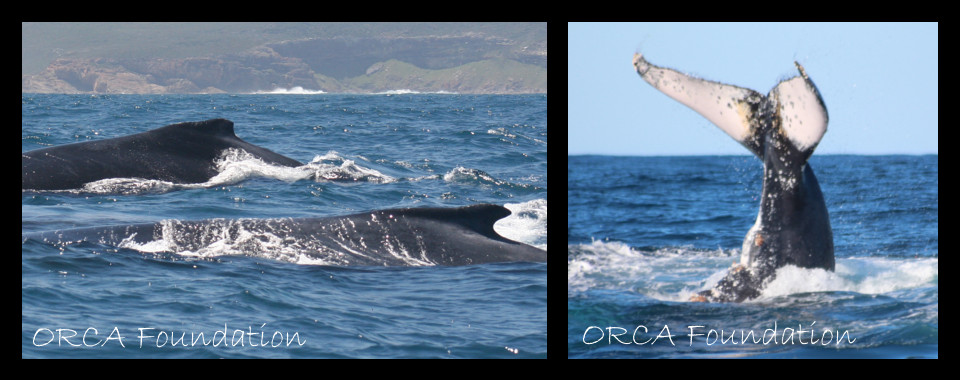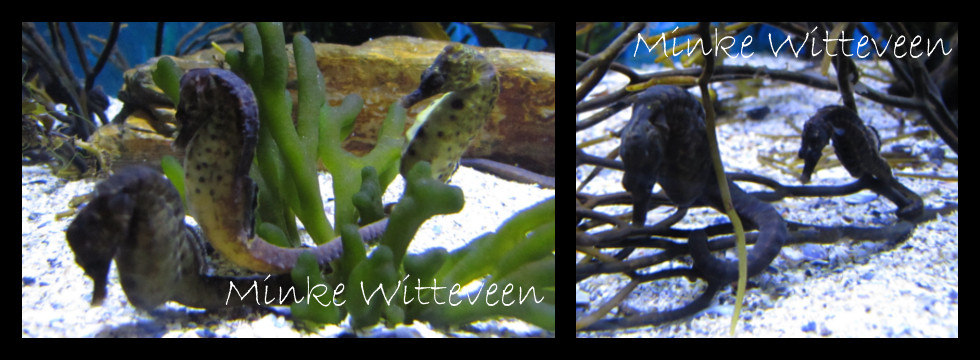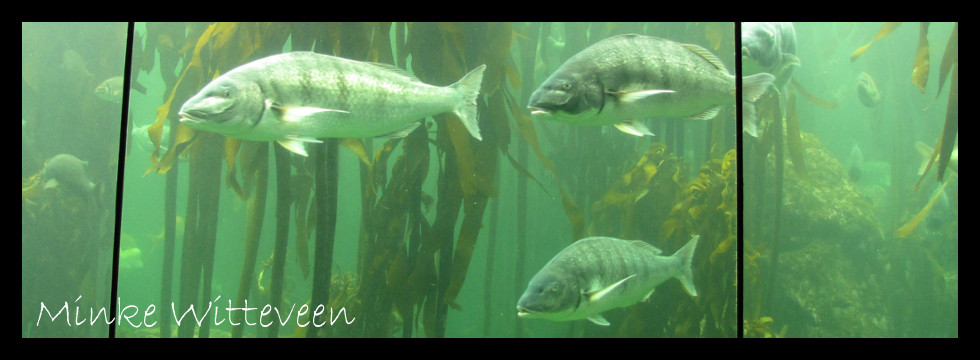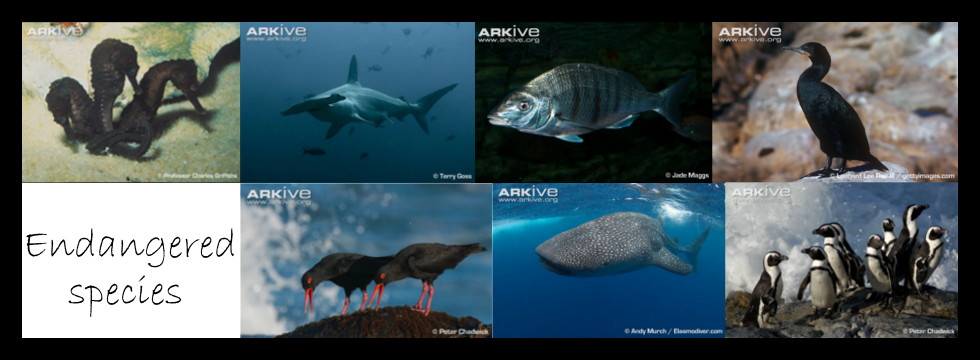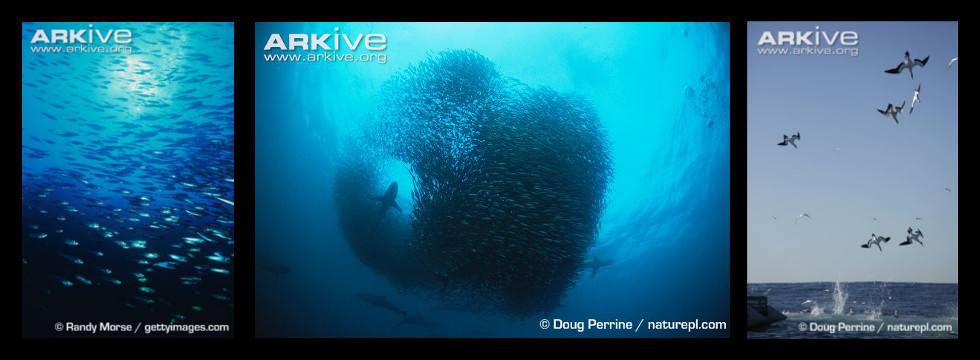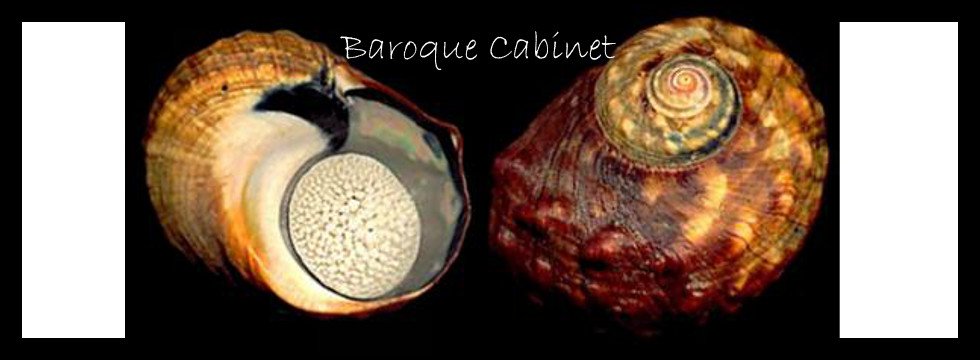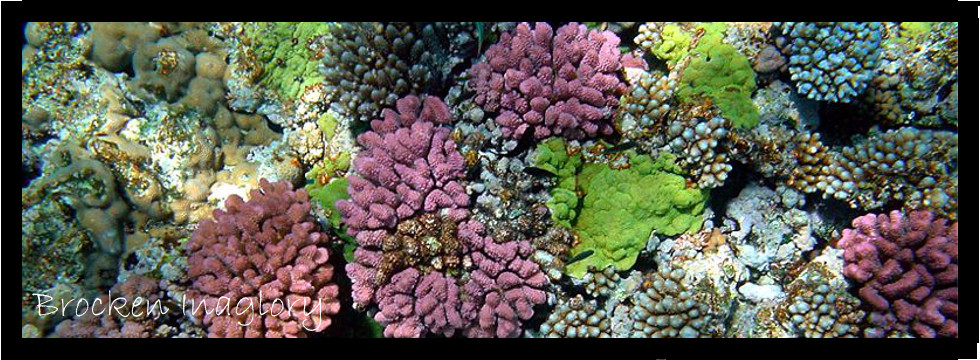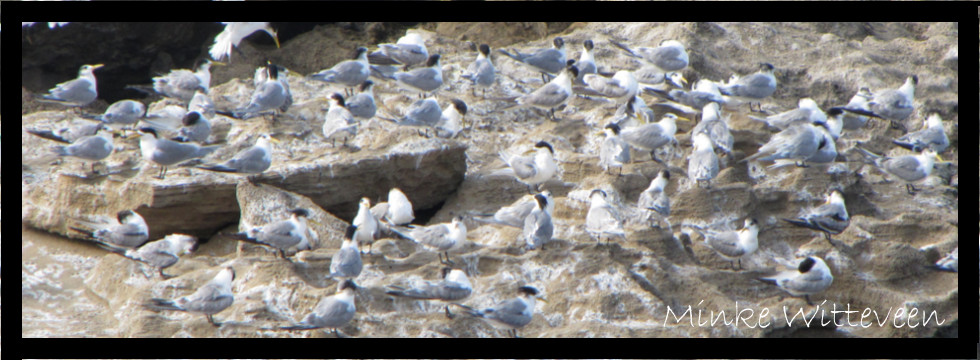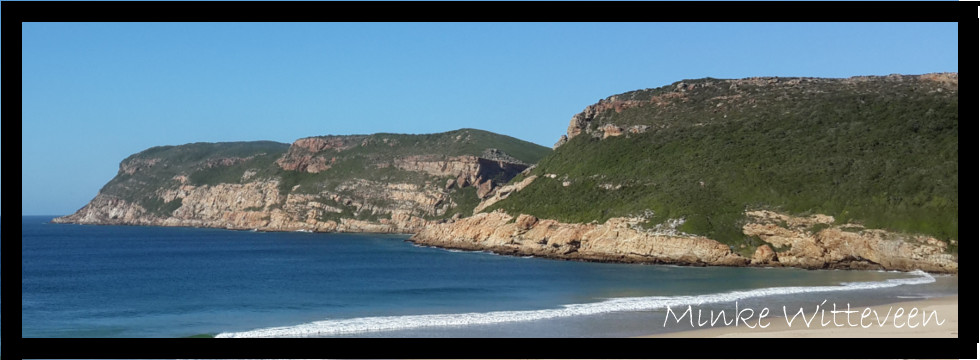Over the past few weeks we have seen both our migrant whale species come into Plettenberg Bay, bringing the number of whale species in these waters up to three. It is often easy to focus on our more ‘personable’ migrant whale species that visit our bay, and forget our incredible but shy resident. The Bryde’s READ MORE
The Knysna seahorse Hippocampus capensis is an endemic seahorse species to the Western Cape, found in only three estuarine systems: Swartvlei Estuary, Knysna Estuary, and Keurbooms Estuary. Historically this species was also found in Klein Brak, Groot Brak, Goukamma, Groot, Kromme, Kabeljous, and Gamtoos estuaries but they have not been seen in these systems for READ MORE
The white steenbras Lithognathus lithognathus is a slow-growing, long-lived, late maturing, and estuarine-dependent species endemic to South Africa. White steenbras is an important recreational and subsistence shore and estuarine fishery species, particularly in the southern and south-eastern coastal regions of South Africa. They can attain 25-30 years of age, and grow over 130cm in length READ MORE
International Endangered Species Day is celebrated every third Friday in May, and this year it fell on 19th May. Endangered Species Day is a chance for us to recognize and appreciate the conservation efforts being put in by a number of organisations, men, and women around the world working to protect our endangered species and READ MORE
The sardine run is a natural phenomenon deeply ingrained in the South African cultural heritage, and while it is well known to many of the general public, it is still poorly understood from an ecological perspective. The sardine run is defined as the annual north-eastward migration of a small and variable fraction of the South READ MORE
The South African marine resources have been exploited for subsistence purposes for thousands of years, but recently with rapid population growth, and a high concentration of people moving into coastal areas, the exploitation has intensified. Many subsistence fisheries are focused on intertidal and estuarine invertebrates, with the alikreukel Turbo sarmaticus being one of these species. READ MORE
Coral reefs are estimated to cover only 0.1-0.5% of the ocean floor, yet coral reefs are among the most productive and biologically diverse ecosystems on Earth. Almost one third of all marine fish are found on coral reefs, and approximately 10% of fish consumed by humans are caught on coral reefs, which have been called READ MORE
Terns are beautiful, elegant seabirds, closely related to the gulls, skimmers, and skuas. Here in Plettenberg Bay we are fortunate to be able to see a few different species, but by far the most common is the coastal and pelagic swift tern Thalasseus bergii. Swift terns, or greater crested terns, are intermediate sized terns with READ MORE
Southern Africa contains a wealth of archaeological sites, ranging from some of the earliest evidence of human origins to more recent occupation; thousands of sites that record the way of life and history of humans for nearly 2 million years. South Africa has a long history of coastal occupation by humans dating back to the READ MORE
There is perhaps not a more distinctive call in all of Africa than that of the African fish eagle Haliaeetus vocifer. Expressed in flight or perched, with the head thrown back, the evocative weeah-kyow-koy-koy-koy is a well-known sound in Africa. African fish eagles are found throughout most of Africa, having an Afrotropical distribution, and are READ MORE


